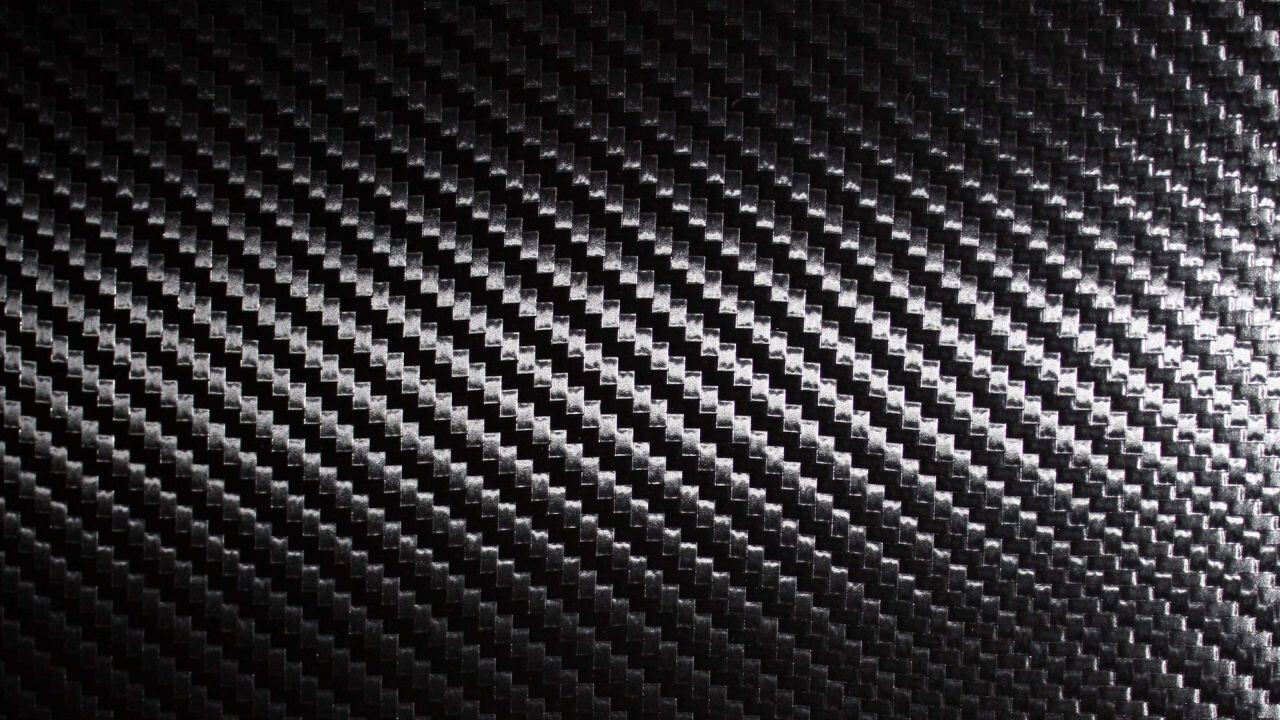Carbon Fiber
Carbon fibers are typically 5 to 10 micrometers in diameter and composed primarily of carbon atoms. Carbon fibers have several advantages including high stiffness, high tensile strength, low weight, high chemical resistance, high temperature tolerance and low thermal expansion. These properties have made carbon fiber very popular in aerospace, civil engineering, military and motorsports along with other competition sports. However, they are relatively expensive when compared with similar fiber products - such as glass fibers or plastic fibers. Also carbon fibers conduct electricity and heat whilst glass fibers act as isolators.

Carbon fiber fabric
Production of carbon fibers
To produce a carbon fiber, the carbon atoms are bonded together in crystals that are aligned along the long axis of the fiber. The crystal alignment gives the fiber high strength-to-volume ratio (in other words, it is strong for its size). Several thousand carbon fibers are bundled together to form what is called a tow. This tow may be used by itself or woven into a fabric.
Carbon fibers are developed and produced by several companies, typically with specific characteristics: high modulus or high tensile strength.
Carbon fibers are usually combined with other materials, like thermosets or thermoplastics to create composites.